I have been in the process of making several foundation moulds for some time, but some other projects have engaged my priorities.
Owing to some other work on foundation cellsize and further information that I have accrued... I have changed the layout of the cells in the master sheet. The main difference is that instead of an elliptical arch of drone cells I have opted for straight lines at 30 degrees to the vertical. There are two reasons for this:-
- Work that I did to redesign the cellsize test foundation showed me that the minimum amount of transition cells occurred at that angle.
- Some pictures that were published by Barry Birkey on Beesource.
Some of Barry Birkey's pictures showed graphically the shear lines between well drawn comb and transition cells.
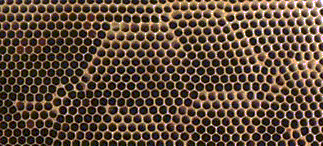
Shown left is a section of one of his pictures that illustrates the 30 degree angle very strongly. (The cells in the top left corner are 4.9 mm... What size the rest are is anybody's guess.
A further difference is that the cellsize is now to be 4.9 mm for worker cells and 6.3 mm (+ the manufacturing tolerance) for drones. I am considering using 5.9 mm, 6.0 mm or 6.1 mm for the drone cellsize in the light of information gathered since the last revision of this page.
My idea was to enable a colony of bees to produce drones early in the season simply due to drone cells being available in the combs at the point of expansion beyond the winter clustering fringe.
The original idea (about 1980) was to make several foundation presses with various amounts of drone cells situated outside of a basic oval of worker cells.
I did much testing by putting triangles of drone foundation into the corners of frames that contained worker foundation or in some cases I spliced drone foundation into the corners of drawn combs.
What I am about to put into practice (when time allows) is a system using only one press, but one that will produce oversize foundation that can be trimmed in many different ways to produce differing amounts of drone cells in the finished sheets.
Here is a diagram showing the layout of drone and worker cells on the "master sheet".
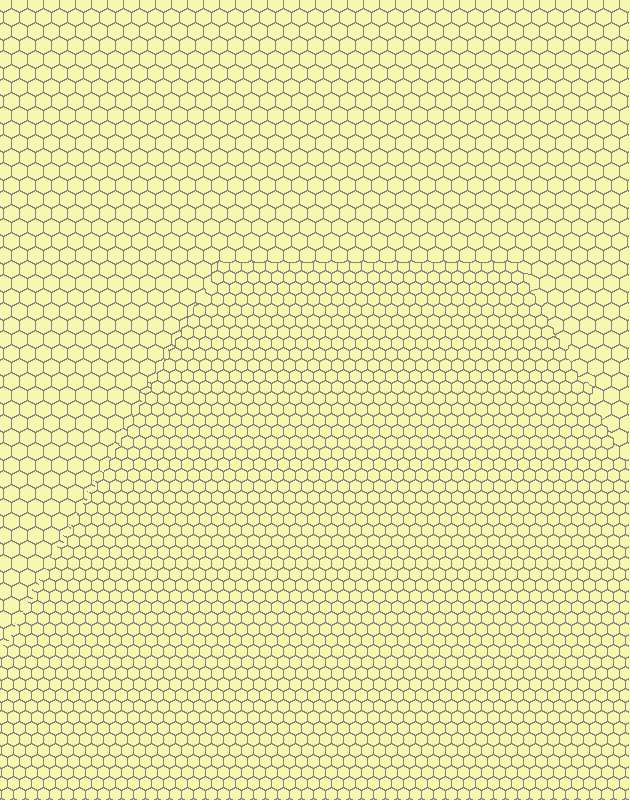
If we make our press to produce this pattern, then by cutting our foundation using a template that can be positioned at various places on the sheet, we can achieve a set of foundation patterns that when installed in frames in a nest will produce drone cells that will be ideally situated for the colony to rear an early supply of drones.
The coloured rectangles on the next drawing indicate suitable placing positions for our cutting template.
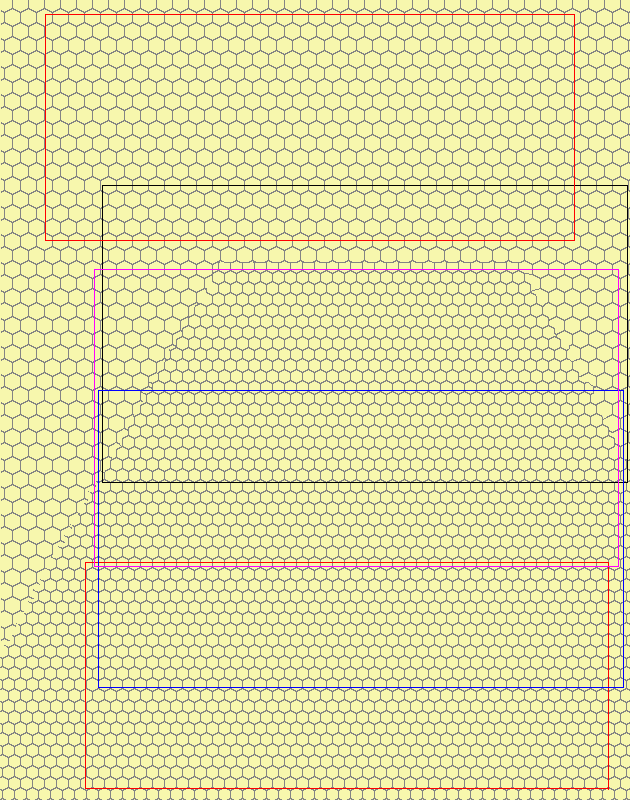
The red rectangles indicate where sheets of shallow foundation may be cut so that only drone or worker cells are chosen.
If we position our cutting template as the black rectangle, we have a high number of drone cells in brood sized sheet as the following diagram shows.
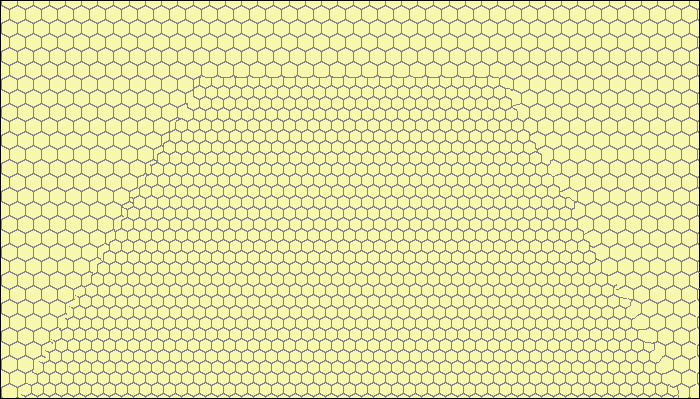
But if we position the template as per the blue rectangle then we have two triangular corner patches of drone cells.
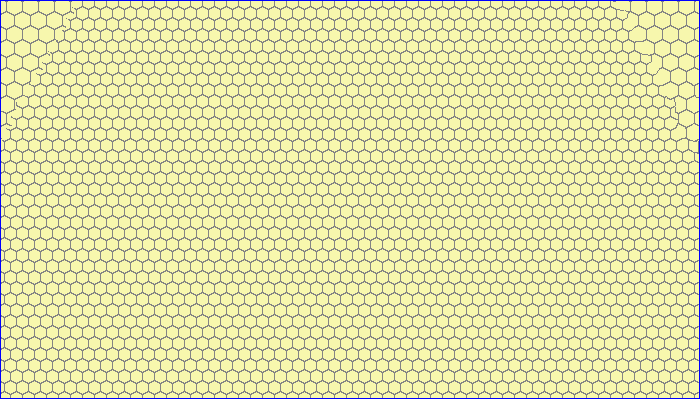
Similarly if we cut our desired sheet from a mid portion of our original large sheet (purple rectangle) then we end up with an intermediate pattern shape and consequently an intermediate quantity of drone cells.
This picture indicates what this intermediate type will look like.
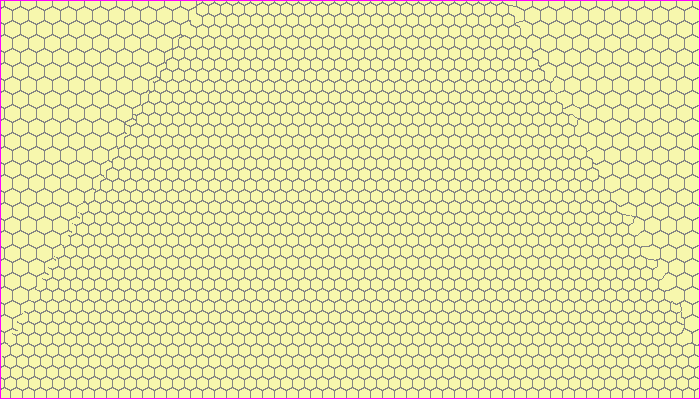
The positions shown are arbitrary, many positions could be used ranging from just a few drone cells in the top corners to huge amounts with just a small arch of worker cells at bottom centre. As the master sheet is wider than a standard brood sheet the template can be positioned off to one side giving unequal amounts of drone cells on each side.
Early drones of good quality are needed for breeding projects and instrumental insemination. This method will at least provide the cells in the right place at the right time and with a suitably enriched food supply the bees should make a good job of "their side of the bargain".
This special foundation only incorporates drone/worker foundation, honey storage sized cells have not been addressed at all in the design of this technique.
D.A.C.
Page created pre-2011